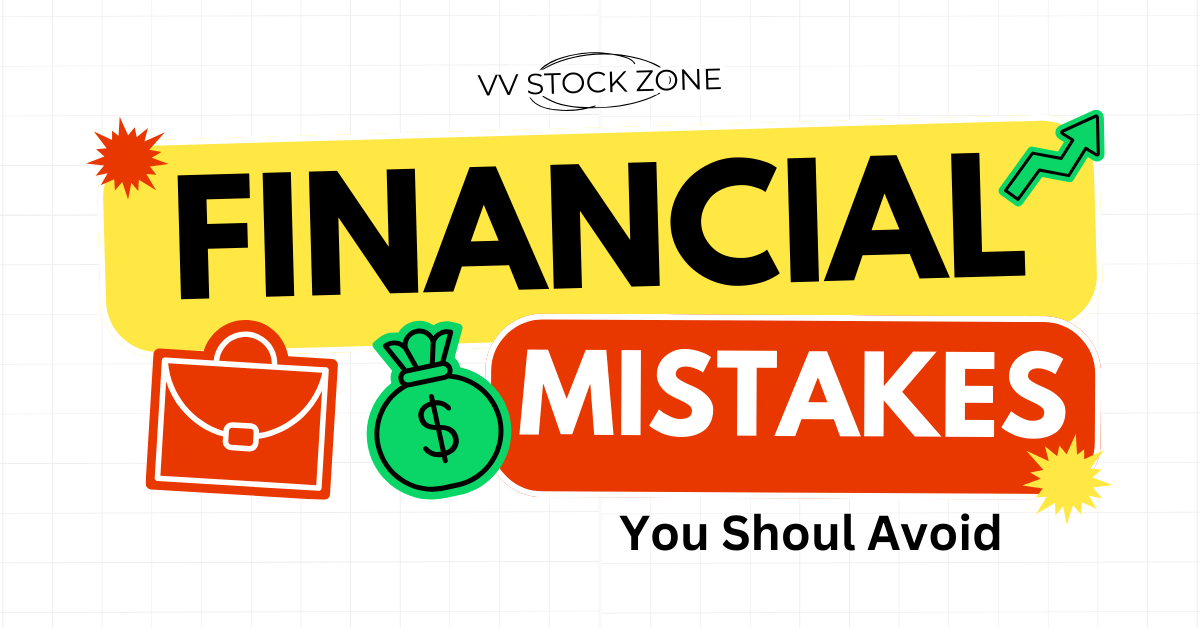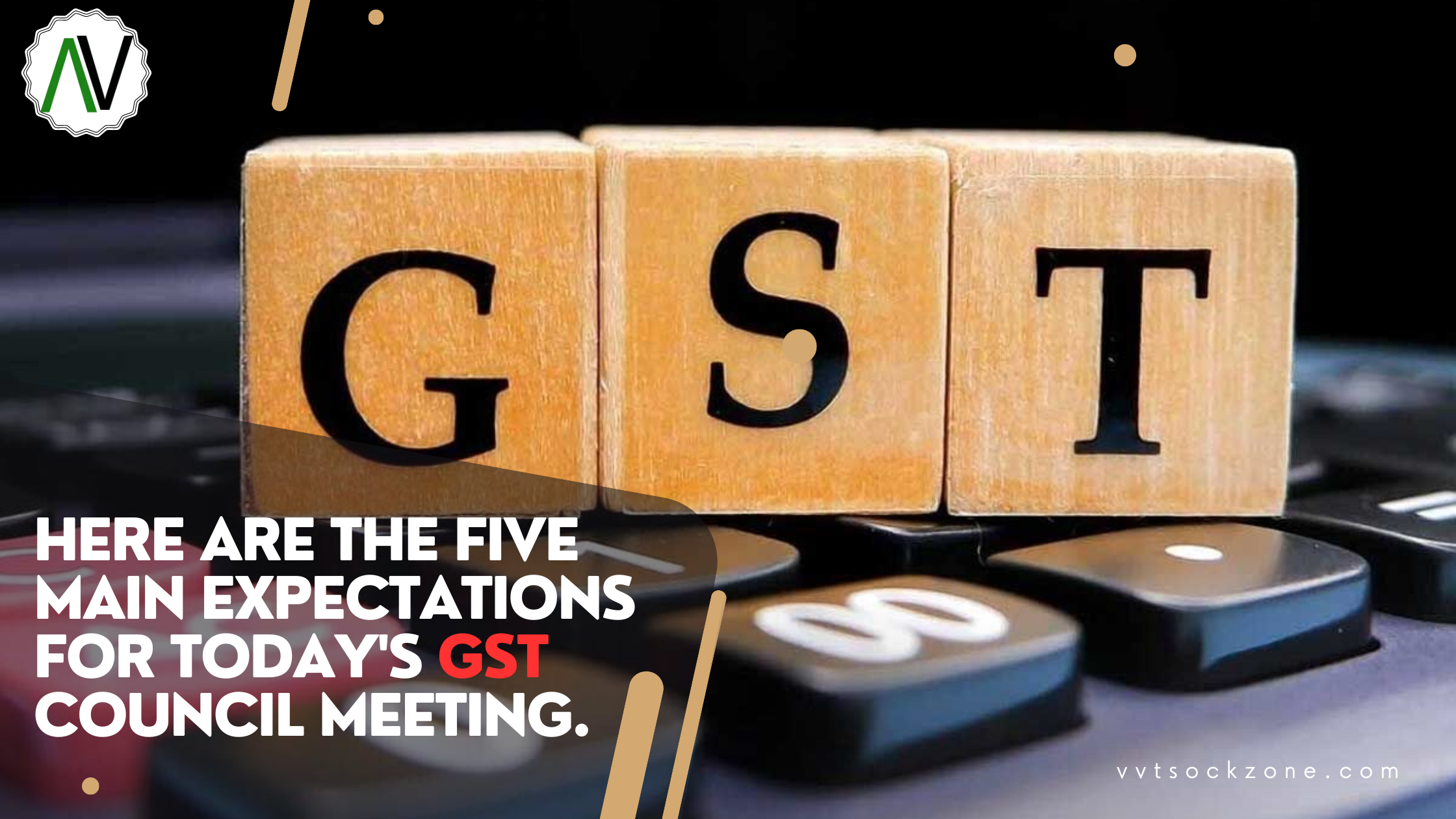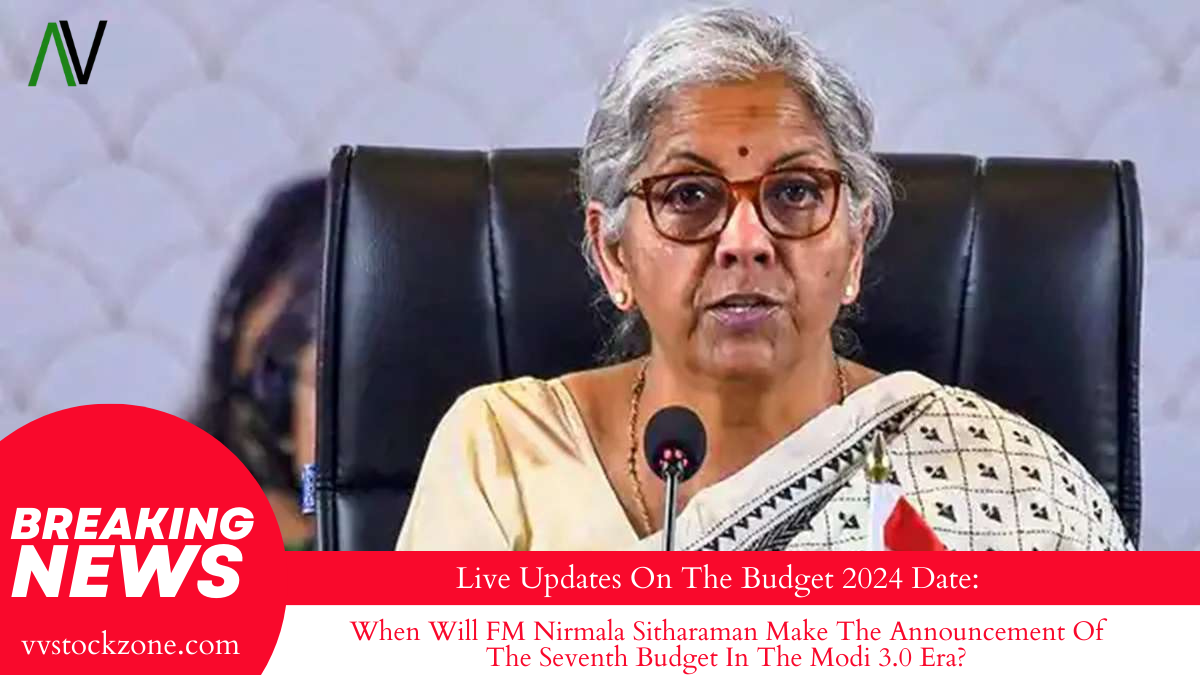The Federal Reserve conducted research to examine household financial health. According to data from the Survey of Household Economics and Decision-making report, the proportion of adults who reported being in worse financial shape than a year ago increased to 35%, the highest level in almost ten years.
It’s crucial to continue being economical and make wise financial decisions regardless of the cause—bad financial decisions or unfavorable macroeconomic circumstances.
Here, we’ll examine some of the most typical financial blunders that frequently cause individuals to experience severe financial difficulties. Avoiding these blunders may be essential to your survival, even if you’re already having financial problems.
1. Spending Too Much On Frivolous Things
It is common to lose great fortunes one dollar at a time. Every little thing adds up, even though it might not seem like a big deal when you order that pay-per-view movie, go out to dinner, or pick up that double-mocha cappuccino.
Spending just $25 a week on eating out will set you back $1,300 annually, which could be used to pay for multiple credit cards, auto payments, or other expenses. Avoiding this error is crucial if you’re going through financial difficulties because, in those situations, every dollar will matter more than ever if you’re just a few dollars from bankruptcy or foreclosure.
2. Lack Of A Plan
The current state of affairs will determine your financial destiny. Even though people spend endless hours on social media or watching TV, they can’t justify devoting two hours a week to managing their finances. Knowing your destination is essential. Make it a point to allocate some time to financial planning.
3. Continuous Payments
Consider whether the things you’re paying for every month, year after year, really are necessities. Things that can make you pay continuously but leave you with nothing, like expensive gym memberships, music services, or cable television. Adopting a more minimalist lifestyle can help you increase your savings and protect yourself from unexpected expenses, especially when money is tight or you simply want to save more.
4. Debt Repayment Using Savings
You might assume that exchanging your retirement account for your debt, if it yields 7% while your debt costs 19%, will result in you keeping the difference. It’s not that easy, though.
It’s extremely difficult to repay those retirement funds and you may incur large fees on top of losing the compounding effect. Even the most frugal planners struggle to set aside money to rebuild these accounts, but borrowing from your retirement account can be a reasonable option if you have the correct mindset.
Once the debt is settled, the pressure to make additional payments usually subsides. It will be very tempting to keep spending at the same rate, which increases the likelihood that you will incur debt once more. You must live as though you still owe money—to your retirement fund—if you plan to pay off debt with savings.
5. Living on Borrowed Money
It’s become rather customary to use credit cards to purchase necessities. It’s not a prudent financial move, even though an increasing number of consumers are willing to pay double-digit interest rates on groceries, gas, and a variety of other items that disappear long before the bill is paid in full. The cost of the charged items increases significantly due to credit card interest rates. Utilizing credit may occasionally result in you spending more money than you make.
6. Not Making Retirement Investments
You might not be able to retire if your money does not start earning income for you in the stock market or from other sources of investments. To ensure a comfortable retirement, one must contribute each month to a designated retirement account.
Make the most of your employer-sponsored plan or tax-deferred savings accounts. Recognize the amount of risk you can take and how long your investments will need to grow. If you can’t seem to match this with your objectives, speak with a knowledgeable financial advisor.
7. Purchasing a New Vehicle
Every year, millions of new cars are sold, but very few of those purchasers can afford to pay cash. On the other hand, being unable to afford a new car can also be indicated by not being able to pay cash for it. After all, having enough money to make the payment does not equate to owning the car.
Additionally, the consumer increases the gap between the car’s value and the amount they paid for it by paying interest on a depreciating asset when they borrow money to purchase an automobile. Even worse, a lot of individuals lose money when they trade in their cars every two or three years.
While purchasing a car may occasionally force a person to take out a loan, how many buyers actually require a large SUV? Such cars cost a lot to purchase, insure, and fuel. Buying an SUV might be detrimental unless you must tow a boat or trailer or drive one for a living.
Consider purchasing a car that consumes less gas and is less expensive to maintain and insure if you must purchase one or borrow money to do so. Vehicles are costly, and if you’re purchasing more than you actually need, you may be wasting money that could have been saved or applied toward debt repayment.
8. Living paycheck to paycheck
The personal savings rate of US households stood at 9.4% in June 2021. In October 2023, a little more than two years later, the personal savings rate had fallen to just 3.8%.
Many households may be living paycheck to paycheck, and when examining people’s savings per paycheck alone, this trend seems to be getting worse.
People who overspend find themselves in a precarious situation where they depend on every dollar they make and where even one missed paycheck could have disastrous consequences. You don’t want to be in this situation when the economy is downturning. In such a case, your options will be severely limited.
A lot of financial planners will advise you to hold three months’ worth of expenses in an easily accessible account. Your savings could be depleted by job loss or economic fluctuations, trapping you in a debt-paying cycle. Whether you keep your house or lose it could depend on a three-month buffer.
9. Applying Home Equity to Savings
Giving up ownership to someone else is what happens when you refinance and remove cash from your house. Sometimes it makes sense to refinance. If you can pay off debt with a higher interest rate by refinancing or lowering your rate.
Nevertheless, establishing a home equity line of credit is an additional option (HELOC). This lets you use your home’s equity more efficiently than a credit card. If you use your home equity line of credit for any reason, you might have to pay extra interest.
10. Overspending on Your Home
It’s not always better to buy a bigger house when it comes to housing. Choosing a 6,000-square-foot house will only result in higher taxes, upkeep, and utility costs unless you have a large family. Think about carrying and operating costs in addition to your monthly mortgage payment before purchasing a home. Is it truly your intention to make such a large, permanent hole in your monthly spending plan?
As you contemplate your living situation, consider the things that are significant to you. How fervently do you feel about having a big yard, for instance? That’s okay if it’s at the top of your list, but keep in mind that upkeep and maintenance could come at a cost in the form of paying for services, purchasing equipment, adhering to HOA regulations, and fixing unforeseen issues that crop up.
Bottom Line
First, keep an eye on the small expenses that mount up quickly to prevent overspending, and then monitor the larger expenses. When taking on new debt, consider your options carefully and remember that having the money to make a payment does not equate to being able to afford the item. Lastly, prioritize saving a portion of your monthly income in addition to taking the time to create a solid financial plan.
Also Read: India’s Top Investment Options For 2024




